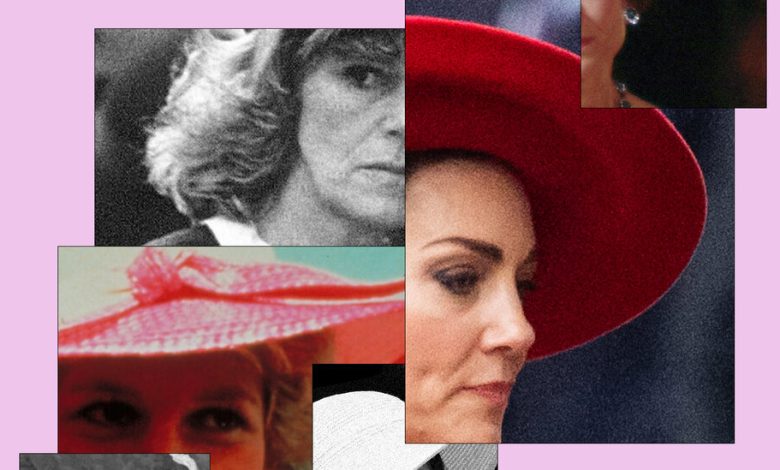How the Windsor Women Became Human Shields

Once upon a time, a handsome young prince surveyed all the lovely, intelligent, kindhearted ladies of the land and, from their number, picked his bride.
The new addition to the family was a delight, a beauty, a breath of fresh air. She enjoyed a brief honeymoon period when everyone adored her. Then something changed. Maybe she dared to express a desire or let slip an opinion. Perhaps she appeared in public looking less than perfect, or broke with tradition and refused to appear at all — or maybe it was simply a matter of what goes up must come down.
Whatever the reason, the golden girl was swiftly recast as gold digger. Or as crass and trashy or cruel and manipulative, or ugly, or fat. She was pitted against the other woman in her circle and her generation.
Princes might occasionally be turned into frogs, but princesses always seem to end up as villains or scapegoats, and used to deflect heat or criticism should her husband require it.
It happened to Diana Spencer, to Sarah Ferguson, to Camilla Parker Bowles, before she was Queen Camilla. It happened to Meghan Markle, whose trials were worsened by racism. In its own way, it happened to Wallis Simpson. It happened to Kate Middleton — when she and Prince William were dating, but not yet engaged, she was portrayed as a wily social climber and called “Waity Katie.” After they married, it looked as if Catherine might become the rule-proving exception, the single privileged Windsor wife allowed to float above the fray.
But now, Catherine, Princess of Wales, has taken her place where every royal, and royal-adjacent woman ends up: in the hot seat. With all fingers pointing at her.
